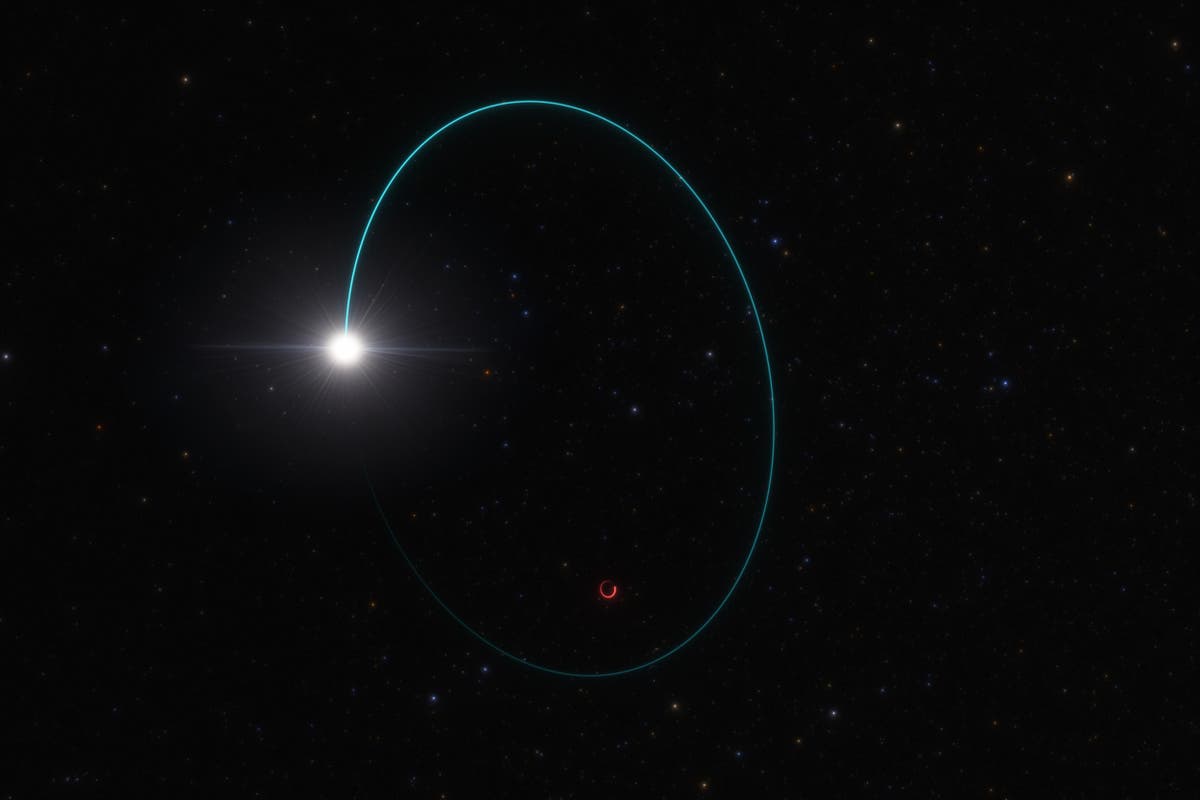Astronomers find black hole 33 times more massive than our Sun – and it is near us

🌈 Abstract
The article discusses the discovery of the most massive stellar black hole known in our Milky Way galaxy, named Gaia-BH3. This black hole is 33 times more massive than our Sun and is relatively close to Earth, at 2,000 light-years away. It is the largest black hole of its kind, formed from an exploding star, and the second most massive in our galaxy after Sagittarius A* at the center. The discovery was made by the European Space Agency's Gaia mission and suggests that there may be many more such massive black holes waiting to be found in our galaxy.
🙋 Q&A
[01] Discovery of Gaia-BH3
1. What is the key discovery made by astronomers?
- Astronomers have found the most massive stellar black hole known in our Milky Way galaxy, called Gaia-BH3.
- This black hole is 33 times more massive than our Sun, making it the largest black hole of its kind (formed from an exploding star) in our galaxy.
2. Where is this black hole located?
- Gaia-BH3 is relatively close by, at a distance of 2,000 light-years from Earth.
3. How was this black hole discovered?
- The black hole was not directly observed, but inferred from the movements of a nearby companion star.
- The European Space Agency's Gaia mission, involving UCL researchers, detected the movements of this companion star and used that to identify the presence of the massive black hole.
4. What is significant about this discovery?
- Until now, black holes this massive have only been detected in distant galaxies, not within our own Milky Way.
- This discovery suggests there may be many more such massive black holes waiting to be found in our galaxy.
[02] Implications and Future Prospects
1. What are the implications of this discovery?
- The discovery of Gaia-BH3 is described as a "unicorn" - a rare and significant finding that could lead to the detection of more massive black holes in our galaxy.
- It provides an important clue to the hidden population of dormant, stellar black holes that are predicted to exist in the Milky Way.
2. What are the plans for future discoveries?
- The next data release from the Gaia space telescope, expected after 2025, is expected to contain many more such black hole discoveries.
- These future discoveries could help scientists better understand how dormant, stellar black holes form in our galaxy.